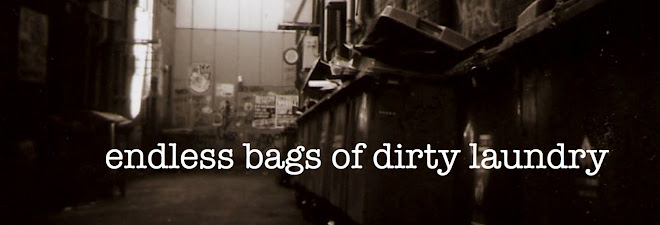
It's fair to say that ghostly images of little ones are traditionally kind of creepy. I'm mainly thinking of horror films - you know, The Shining, The Others, The Orphanage. But I've taken a few 'ghost' (i.e. double exposure) shots of kids and I've never had that result. I don't specifically aim for eerie shots, but I'm surprised they never come out that way. Kids are supposed to be pure and good and innocent and protected, which is presumably why the image of a ghost (read: dead) child is usually a particularly sinister or tragic one.
Alas, the ghost kids I've got are quite beautiful, and not in a scary way. Take the above - it's bright and colourful, it's at the beach, she's wearing a sun hat, everyone's having a great time! (Not even the over-exposed white gives her an otherworldly presence!) Am I wrong? Is there some kind of Sixth Sense vibe that I'm missing?

Even in the old-fashioned black and white the ghost child fails to elicit chills. She's just so happy! (Incidentally, this double exposure was unintentional, and I would have loved to see the other image on its own - the one of her with her head resting on her shoulder. It probably would have been a lot more mysterious, too!) It's not that I don't like these photos, it's just that they're more Casper than Ringu, which is at odds with conventional images of ectoplasmic infants in the creative media.
Well that's it from me today - all this talk of ectoplasm has reminded me of the sheer awesomeness of The Frighteners and I'm off to YouTube that shit.






